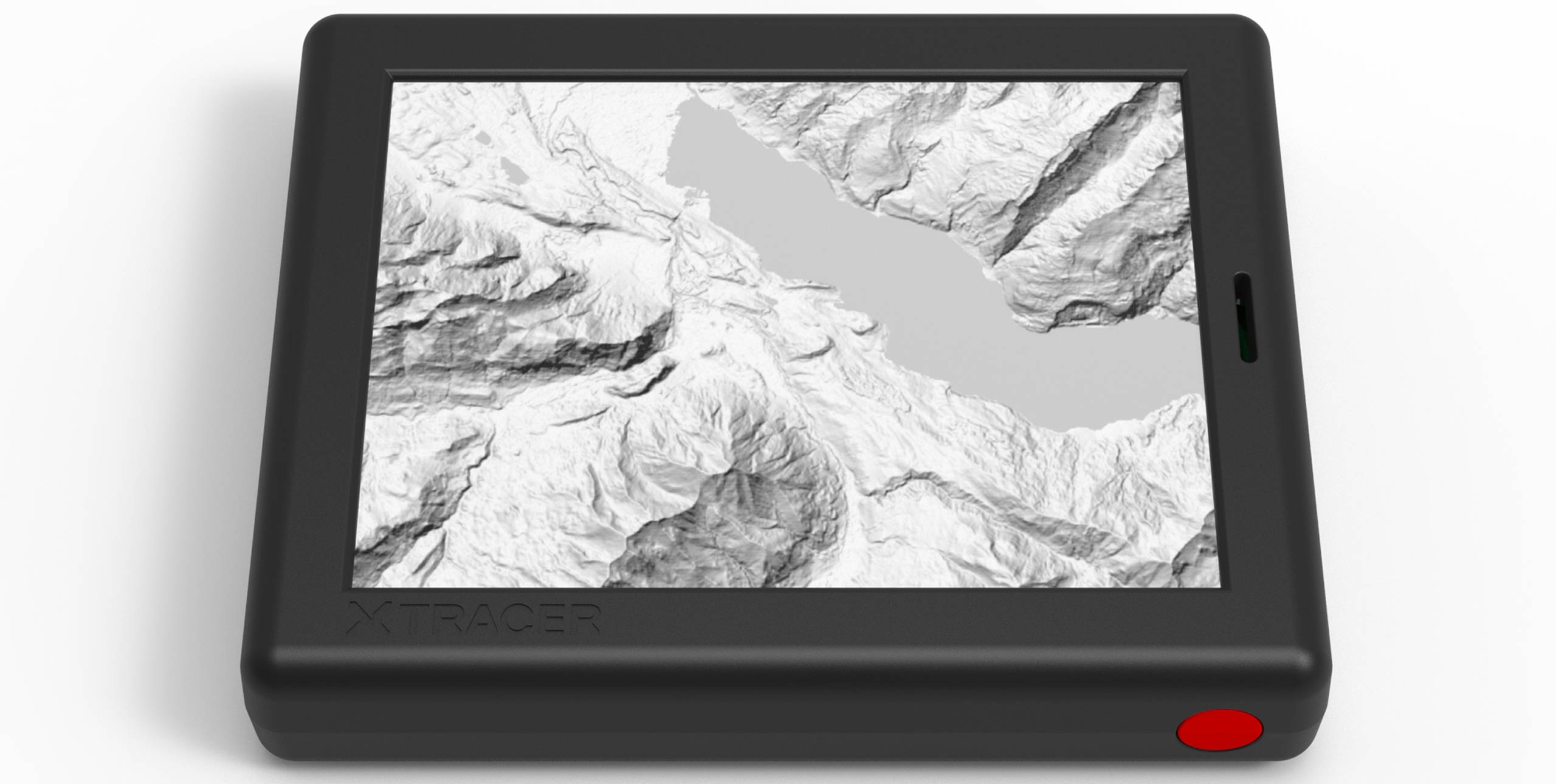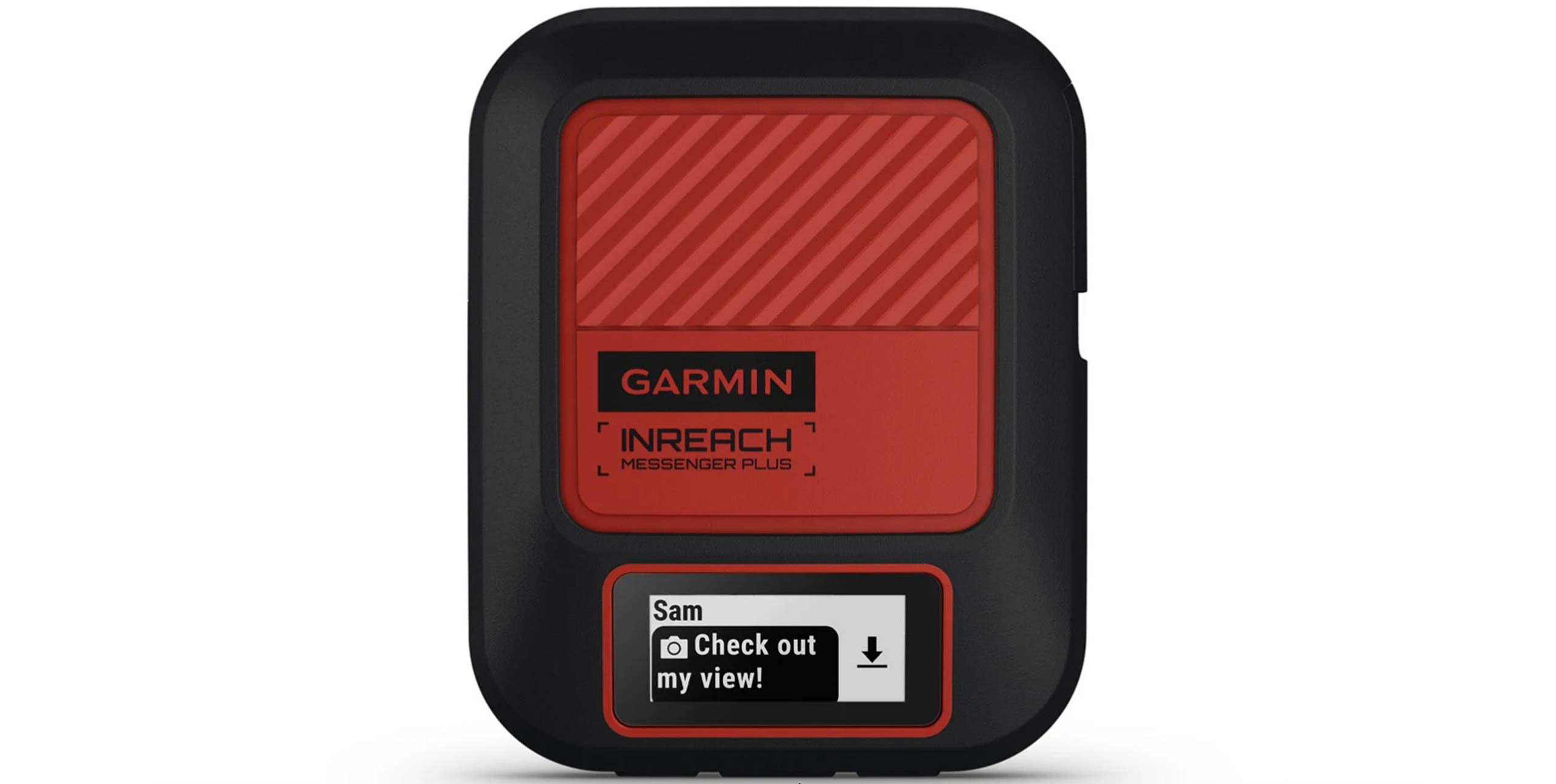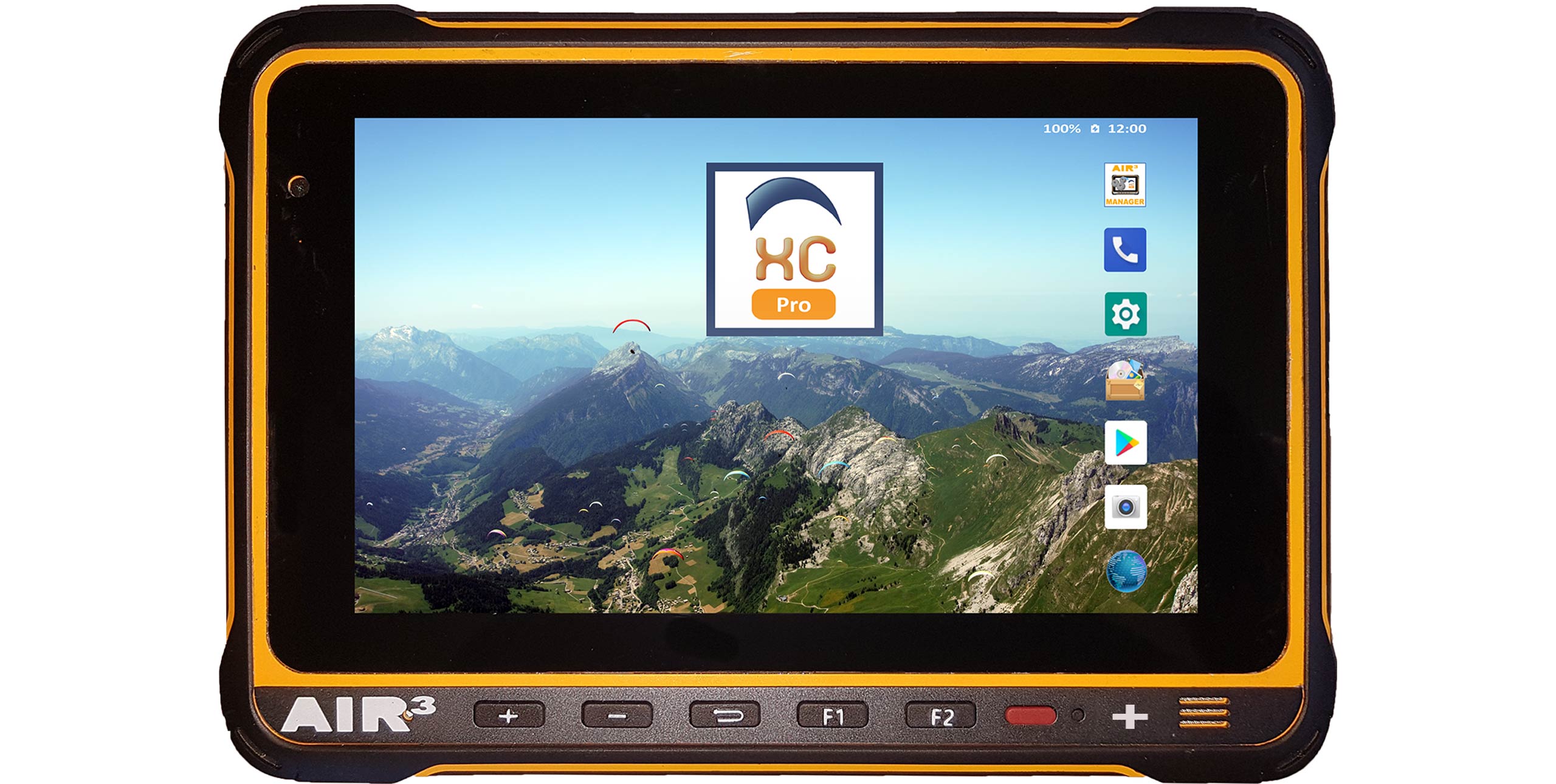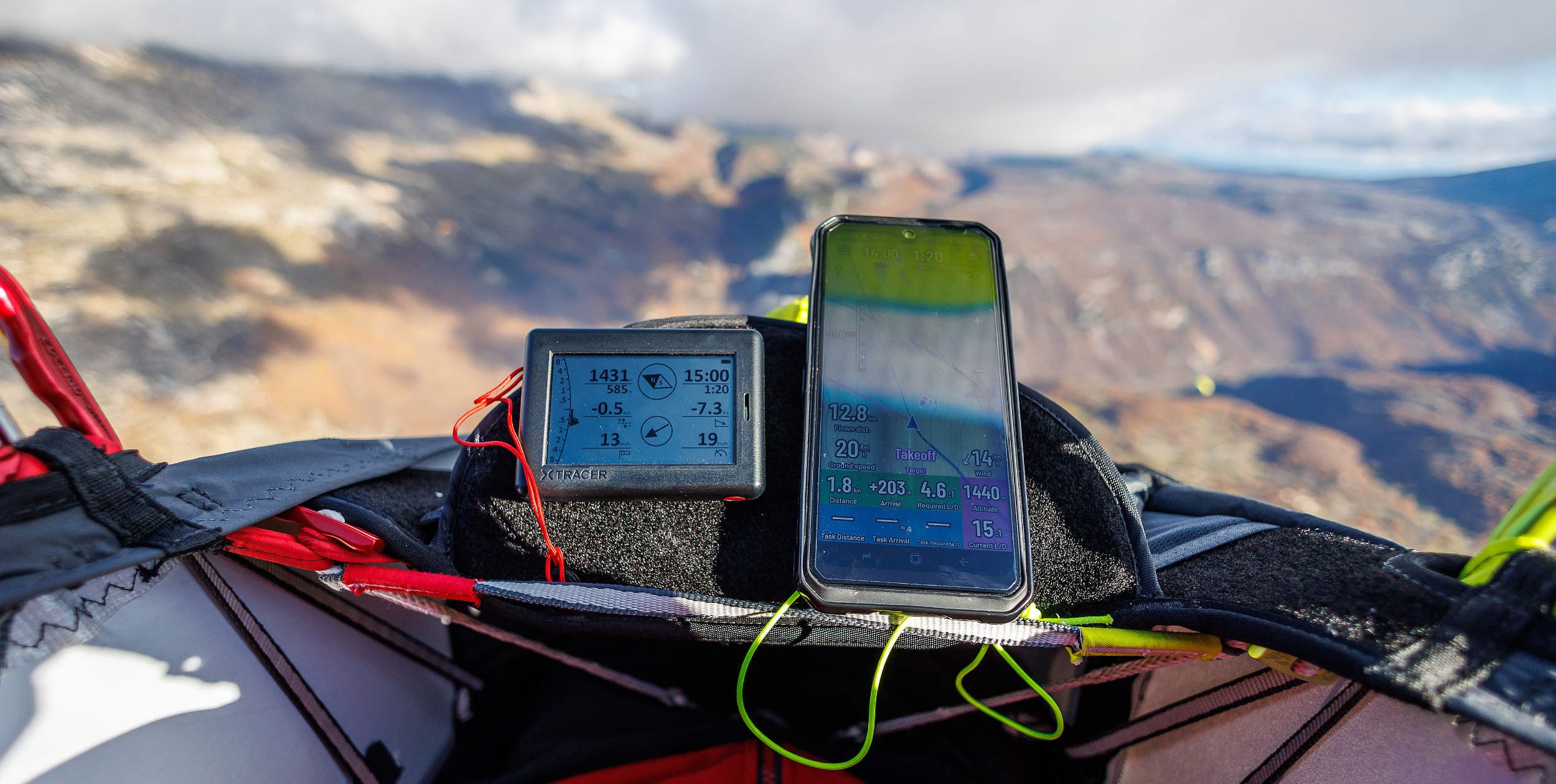
A major software update to Flarm, the collision-avoidance system, has resulted in the disruption of the Open Glider Network live-tracking service and led to two XC Tracer instruments losing their Flarm functionality.
The two instruments that have lost their Flarm functionality are the XC Tracer Maxx II and XC Tracer Mini V. No other free-flight Flarm-enabled instruments are known to be affected.
Koni Schafroth, the head of XC Tracer, said he expected to release a fix for the affected instruments this week. “We will release a fix on our website in a few days. Pilots who have an XC Tracer Maxx II or Mini V should then connect their instrument to their computer for the update.”
Pilots who do not update their instrument when a fix is released will not have Flarm on their device and should not rely on it for electronic conspicuity (being seen by other air traffic). Koni said “several thousand” instruments will be affected.
Flarm said they did not know why the Maxx II and Mini V had lost their Flarm functionality. A spokesperson for Flarm said by email: “XC Tracer licenses the same software from Flarm for the Maxx II and Mini V as Skytraxx, and all the Skytraxx varios work perfectly. The XC Tracer Max I uses Flarm hardware and also works perfectly.”
They added: “We have tested varios from Air3, Flymaster, Naviter, and Skytraxx. They all work. Only the Maxx II and Mini V don’t work currently … If you’re flying with an XC Tracer Max II or Mini V then you are not currently flying with a Flarm device. This means that you are not visible to sailplanes, helicopters, or general aviation, and cannot enter airspace which requires a Flarm. You need to contact XC Tracer for a fix or update.”
Flarm said they had alerted instrument manufacturers to the changes a year ago. “The change has been included in the software and firmware that we distribute to manufacturers since early 2023. Manufacturers have not needed to take any action. We have also worked with OGN to help them make the changes needed to their receiver stations, and thank OGN for their work here.”
Flarm said they thought it was an “integration issue” at XC Tracer. “Hopefully XC Tracer can provide a firmware update for existing XC Tracer users.”
The Flarm software update happened in the early hours of Thursday 14 March. According to Flarm it had been planned for two years, in line with its policy of regularly updating its software.
Flarm said that the software update was about “making significant improvements for pilots.”
They said: “These improvements require a change in the way Flarm devices talk to each other. The change happened last Thursday and was transparent to 99% of Flarm users.”
One of the advantages of the update will be that pilots will no longer have to update their Flarm device every year.
“The new protocol has been carefully designed so we can improve it further in the future while remaining backwards-compatible with existing devices, even if they’re not updated again.”
First launched as a collision-avoidance system for sailplanes, Flarm is now widely used across general aviation and free flight and is seen as an essential safety device by many pilots. “As well as collision avoidance it provides static obstacle alerts (hay wires, powerlines, ski lifts, etc) across Europe and live tracking,” Flarm said by email.
As well as aviation, Flarm devices are installed on wind turbines across Germany, while many drone pilots use Flarm to make their drones visible to other air traffic. Flarm said there are “more than 60,000” users worldwide. Considered a must-have by sailplane pilots in Europe it is also used in North America and Australia.
Flarm encouraged pilots to check that their Flarm instrument is running the current software. “If you have a Flarm device, please ensure that the firmware is up-to-date. Your vario manufacturer will have instructions on how to do this. The magic version numbers to look for are either 1.06 (Air3s and Naviters) or 7.22 (other varios).”
They added: “You’ll need to do one more update towards the end of the summer. After that, your Flarm device will no longer expire.”
Open Glider Network
A potentially more serious and long-lasting problem relating to the Flarm software update is the effect it has had on Europe’s Open Glider Network.
The OGN is a network of ground stations across Europe which use Flarm data – as well as other data – for the live tracking of sailplanes, paragliders and hang gliders. In some places – at smaller airfields with busy sailplane communities, for example – it even acts as a defacto air traffic control system. ATC at some commercial airports in Switzerland are known to consult it unofficially.
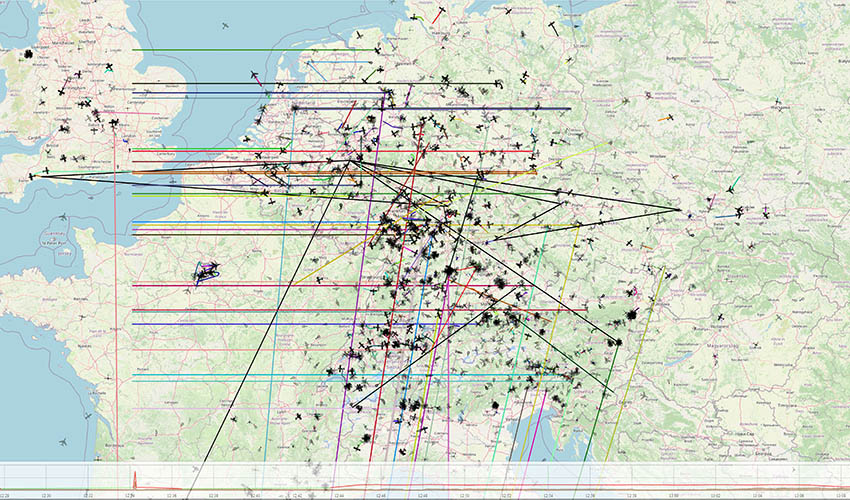
However, the update has negatively affected an unknown percentage of these ground stations, leading to “massive disruption” across the OGN. There are hundreds of stations across Europe.
Flarm said: “If you’re flying with a Max I, or Air3, Flymaster, Naviter, or Skytraxx then the live tracking coverage through OGN (Open Glider Network) is somewhat reduced.
“However this will improve as more OGN stations are updated and OGN fixes a couple of bugs in their decoding and handling of Flarm signals. OGN have already released test software with the fixes, so we expect this to be resolved over the coming days.”
Many ground stations are put up by individuals, clubs or other informal networks, making updating every ground-station a labour-intensive task.
Flarm added: “Please be aware that OGN is run by enthusiasts, working on the project in their spare time. We cannot expect them to not make errors nor work day and night. Overall, they are doing a tremendous job. We are working with them to help mitigate the remaining issues. We’re positive this will be resolved very shortly, with no impact on safety.”
Livetracking systems that use the GSM (mobile) network via apps or connected instruments are unaffected.
The Fanet system is also unaffected. Many OGN ground stations also receive Fanet signals so will still work with all Fanet-equipped instruments, including XC Tracer’s Maxx II and Mini V.
NETWORK RIFT
The problems created by the update have exposed a rift between those who are happy for a private company like Flarm to take the lead in developing anti-collision software for use in aviation, and those who want to see an open collision-avoidance protocol.
XC Tracer’s Koni Schaforth, for example, said: “This is really a big mess, and it has resulted in a loss of safety. We need an open collision-avoidance protocol, not a private one.”
On the other side, Flarm defended its record of research and development over the last 20 years. “Flarm is open in many aspects, as you can clearly see from the vast ecosystem that has developed around it, like displays and other accessories.
“What we keep proprietary is the radio protocol used between devices to exchange traffic data. We believe that this approach has proven to be very effective in terms of security and overall cost, though not everybody likes it. We have written about the pros and cons of either of these approaches extensively over the years.
“Yes, Flarm is a safety system but it also requires research, development, testing, production, and support, all of which require engineering time and resources, which are not free. We are paying normal salaries, nobody here drives Ferraris.”
They added: “There are emerging related committee-driven standards like ADS-L and Remote ID. Flarm is an active contributor to these standards, but adoption of these standards will be quite slow.”


